World population at 8 billion: Key messages for Bangladesh
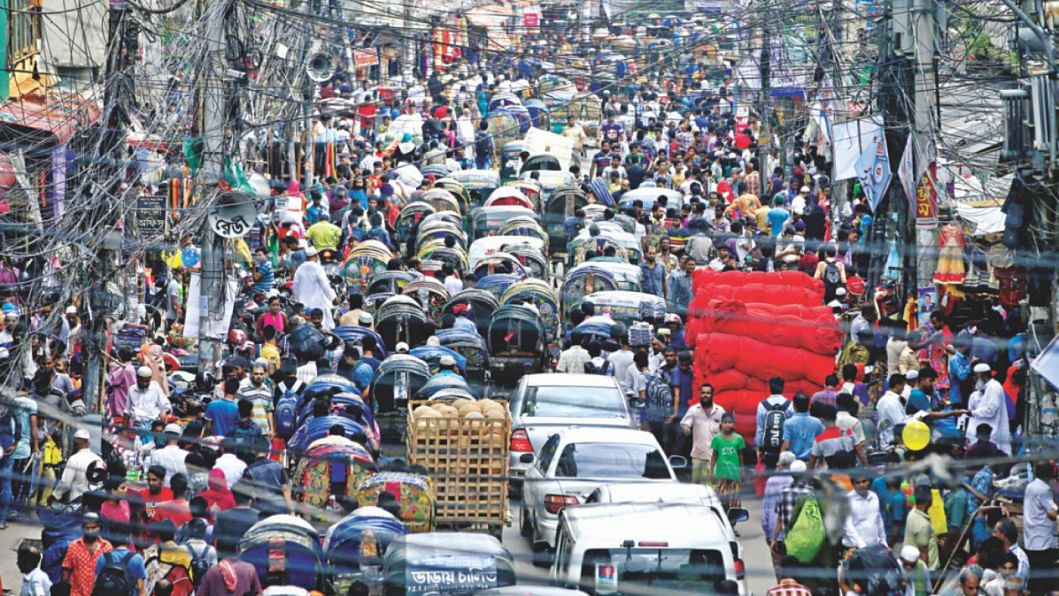
According to the United Nations Population Division, the world population is set to reach eight billion tomorrow (November 15, 2022), from seven billion in 2010. It took more than 100 years for the global population to grow from one billion to two billion, but 12 years for it to grow from seven billion to eight billion.
The World Population Prospects 2022 report says the global populace will reach the 10-billion mark in 2059. It will take approximately 15 years to reach nine billion – a sign that the overall growth rate is slowing.
No doubt, eight billion people is a milestone in human development – it means big numbers, challenges, and possibilities. How far have we come, and where are we headed? The world's countries are experiencing a demographic transition from high to low fertility and mortality, although some countries are experiencing a high and persistent level of fertility. There has been a gradual increase in life expectancy, owing to improvements in public health and family planning, nutrition, personal hygiene, medicine, awareness, education, etc. Bangladesh shares 2.2 percent of the global population, the eighth largest (population-wise) and one of the most densely populated countries in the world, with 171 million of population according to the World Population Prospects 2022. However, according to the projected estimate by the UN, Bangladesh will be the 10th most populous country with 204 million people by 2050.
Having reached the milestone of an eight billion population, we need to move our conversations from numbers to rights and choices, and find solutions that benefit everyone. The key factor is not having more or fewer people, but providing equal access to opportunities to all of them. It's about harnessing the potential of all people, including the marginalised or disadvantaged population. The best way to ensure demographic resilience is to support human rights, including individuals' reproductive rights and choices.
Bangladesh has made remarkable socioeconomic advancements and reproductive health and rights changes. We have gained life expectancy at birth, reduced maternal and child mortality as well as total fertility rate (TFR), improved gender equality, achieved success in child immunisation and access to Covid vaccines in the quickest time, gained technological transformation, and are more connected than ever.
However, the progress is not uniform at national, regional, and local levels. The pandemic has interrupted school and community-based services for adolescents and youth, straining healthcare systems and supply chains. Women in Bangladesh primarily work in the informal economy, at a greater risk of falling into poverty due to the pandemic. Despite impressive GDP growth and per capita income, female labour force participation is relatively low. Youth unemployment has increased, and as per news reports, child marriage and gender-based violence have also increased during the pandemic.
Today, 171 million people in the country means 171 million opportunities for a healthier Bangladesh, empowered by rights and choices. Based on gender, ethnicity, class, religion, disability, etc, among other factors, adequate and updated population data are necessary for inclusive development. A productive Bangladesh needs more investment in human capital. We have enormous challenges, but we can tackle these challenges facing our country and the world where health, dignity, and education are rights and realities, not privileges and empty promises. Strong political commitment and its effective and timely implementation are essential, as the National Population Council (NPC) has been ineffective for the last decade. Significant policies related to population and development need to be reformed and updated using the framework of Sustainable Development Goals (SDGs). We should pursue the SDGs and our common agenda, keeping the people at the centre of development.
Understanding population dynamics, we must shape responses that confront the challenges and harness the opportunities. For that, we need to engage in policy debates and conversations taking several important messages. First, Bangladesh's population continues to grow, but the pace of growth is slowing down. Second, despite impressive success in family planning until the 1990s, the TFR and Contraceptive Prevalence Rate (CPR) are almost stagnant. Third, while life expectancy at birth continues to increase, female life expectancy is higher than male, as observed since 2000, and now there is a 4.5-year disparity. Fourth, The country is experiencing the opportunity to maximise the benefits of the first demographic dividend, where the window opportunity will close by 2036-2037.
Fifth, the elderly population is increasing both in numbers and as a share of the total; Bangladesh now has one of the fastest growing elderly populations in South Asia. Sixth, international migration is having essential impacts on population trends. Seventh, the pandemic has affected all three components of population change – fertility, mortality, and migration. However, its impacts on population dynamics need further examination.
Eighth, Bangladesh is one of the world's most climate-vulnerable nations. Climate has an impact on population dynamics here. The poor are disproportionately impacted as frequent floods threaten livelihoods, agriculture, infrastructure, and clean water supply, being displaced. In addition, the country is also sheltering more than a million forcibly displaced Myanmar nationals (Rohingyas). There is no clear direction for their return to their home country. The practice and use of contraception among the Rohingya refugees in the camps are low, and the birth rate is high, which needs more critical attention.
Ninth, population data can provide critical information for use in development planning in Bangladesh. Only updated and nationally representative quality data through studies can reflect the actual scenarios.
This year, the Population and Housing Census of Bangladesh was conducted amid various difficulties – manmade and natural. The question remains regarding the quality of the census data – making sure that everyone was counted. Only reliable and quality data can allow the government to assess the needs of a changing population better, and chart a more certain path to address those needs for demographic resilience. The actual population size and its distributions by age, sex, and geographical location are required for policy formulation and implementation, and to assist the country in following a path towards sustainable development.
Dr Mohammad Mainul Islam is a professor and former chairman of the Department of Population Sciences at Dhaka University.

 For all latest news, follow The Daily Star's Google News channel.
For all latest news, follow The Daily Star's Google News channel. 

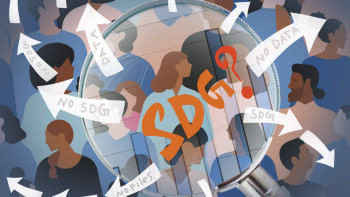
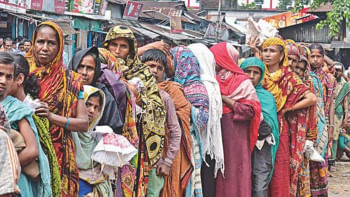





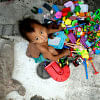

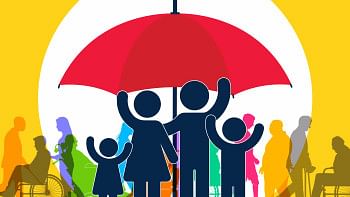
Comments